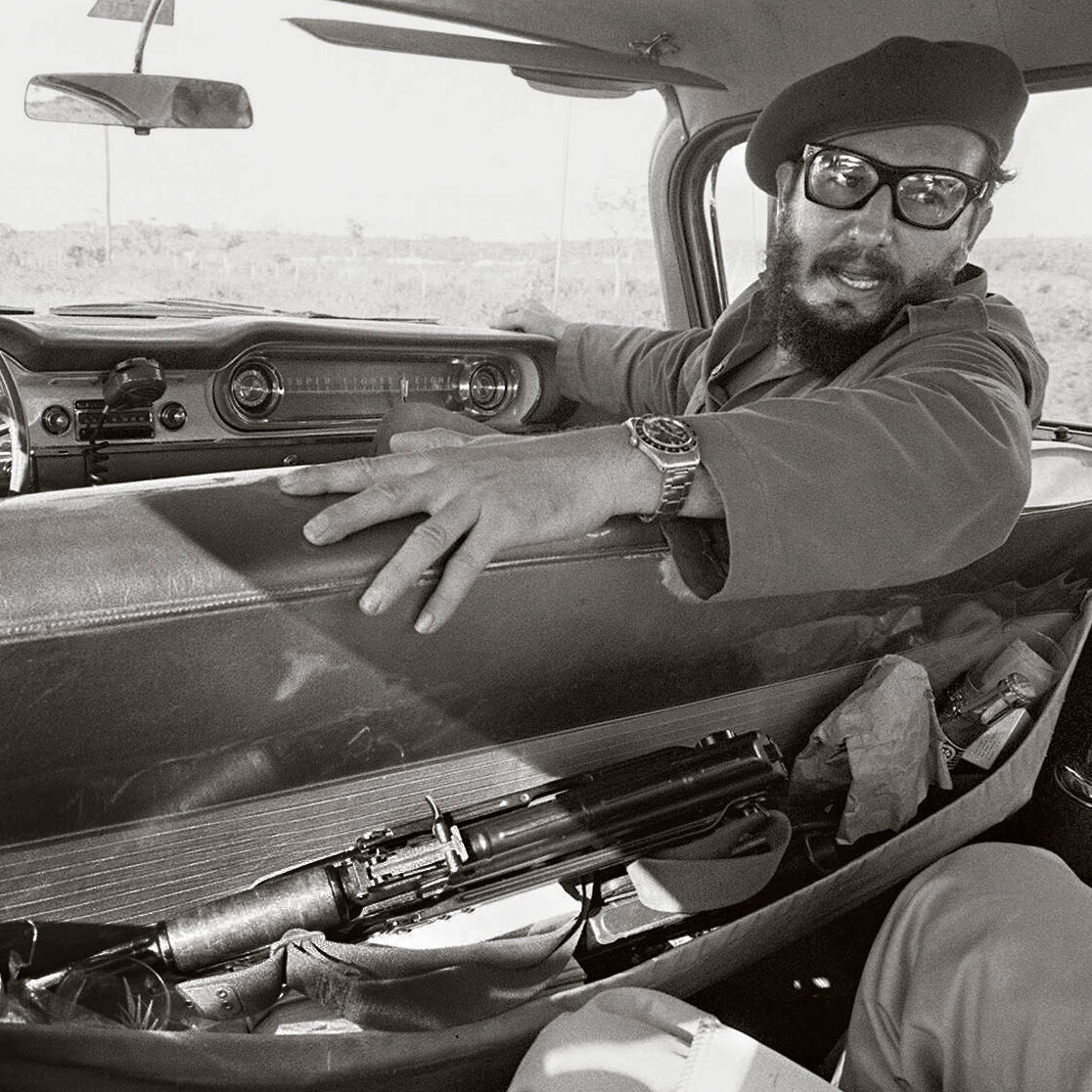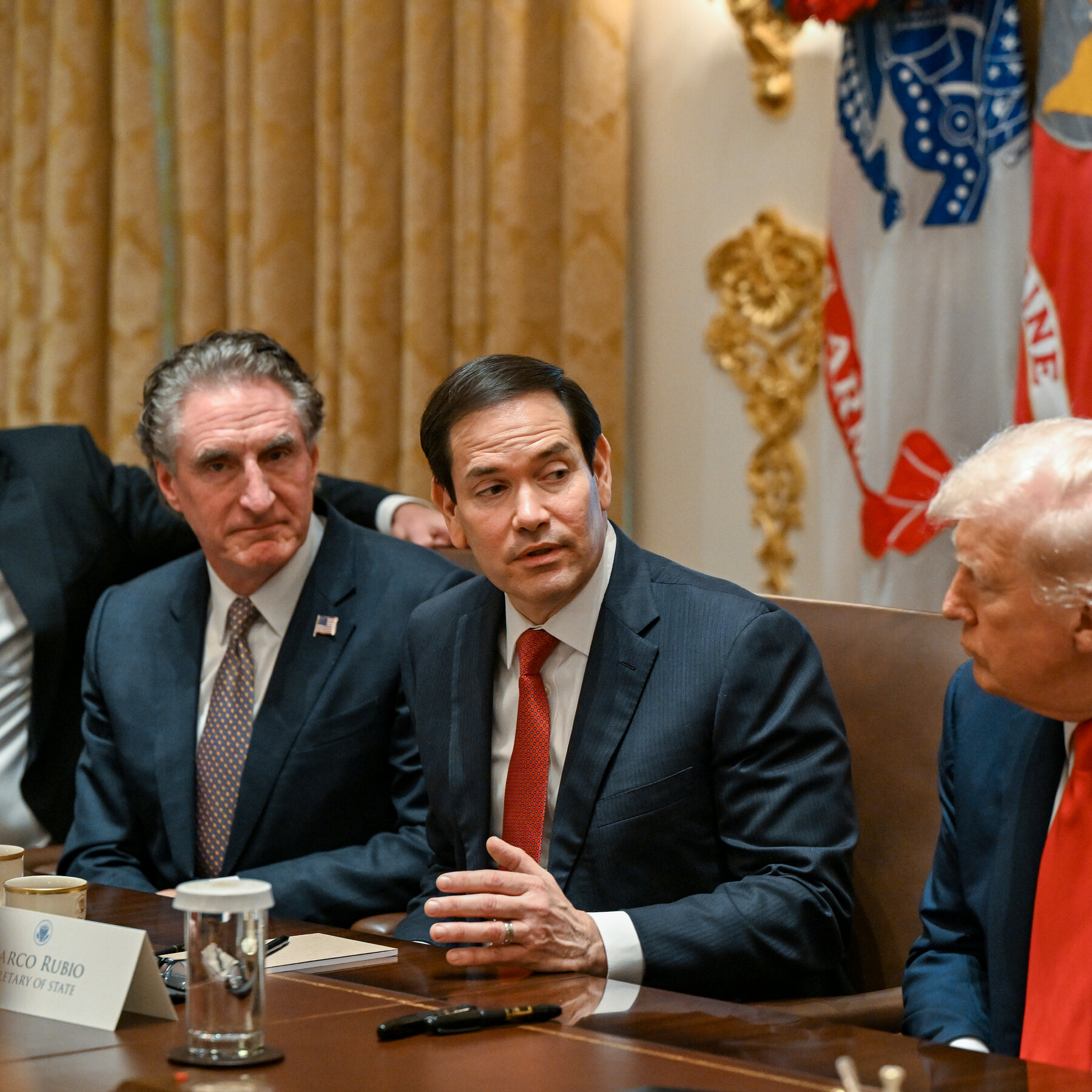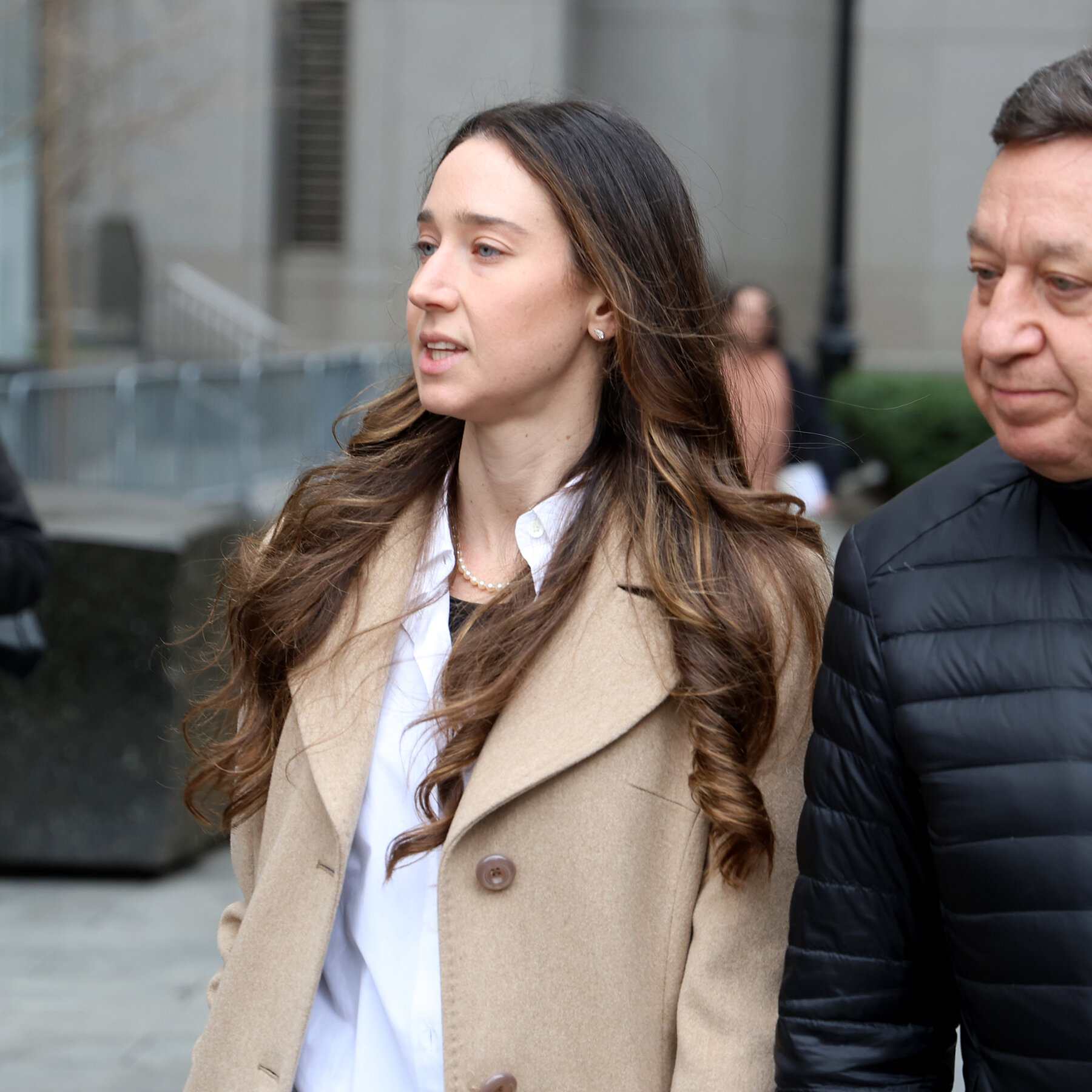Israeli Settlers Set Fire to West Bank Mosque as Violence Escalates
Background
Since the Hamas assault on Israel in 2023, the West Bank has been plunged into a wave of unrest. An intensifying pattern of settler‑initiated attacks, coupled with Israeli military operations targeting Palestinian militants, has created a climate of fear and displacement for thousands of residents.
The Incident
In the early hours of Monday, a group of Israeli settlers arrived at the historic Al‑Quds Mosque in the town of Qalqilya. Armed with torches and gasoline, they set the building ablaze, causing severe damage to the structure and destroying religious artifacts inside. Witnesses reported that the mob shouted slogans condemning Palestinian authority while the flames engulfed the minaret.
Casualties and Damage
Fortunately, the mosque was unoccupied at the time of the attack, and no injuries were reported. However, the fire left the prayer hall gutted, shattered stained‑glass windows, and reduced centuries‑old inscriptions to ash.
Reactions
Palestinian officials denounced the arson as a blatant act of intimidation, urging the international community to intervene. The Palestinian Ministry of Religious Affairs announced plans to reconstruct the mosque with aid from neighboring Arab states.
Israeli authorities released a brief statement saying an investigation would be opened, but they stopped short of naming any suspects. Human‑rights organizations, including B'Tselem and Amnesty International, condemned the attack and called for immediate protection of religious sites.
Wider Implications
The arson marks the latest in a series of settler‑related incidents that have heightened tensions across the occupied territories. Analysts warn that such actions risk further destabilizing an already volatile region, potentially sparking retaliatory attacks and deepening the humanitarian crisis affecting tens of thousands of displaced Palestinians.
Outlook
As diplomatic efforts to revive peace talks stall, the international community faces mounting pressure to hold perpetrators accountable and to safeguard cultural and religious heritage in the West Bank. The reconstruction of the Al‑Quds Mosque is expected to become a symbolic focal point for both resistance and reconciliation in the months ahead.







